in 1894 General VP Dobužinskis was assigned to lead the construction of the Alytus Artillery barracks. For some time, the general commuted from Vilnius, later temporarily settled here. His son, the future famous artist M. Dobužinskis, who came to visit him, looked around Alytus and wrote: "I went there in the fall. I was fascinated by this area. The barracks were built in an eternal pine forest by a river of great beauty, which makes a big bend there. Later, when the barracks were completed, they were surrounded by a whole forest. In winter, I went to Alytus once more. The quiet forest, all frozen and covered with snow, was magically charming. Later, when I lived in Petersburg, I often tried to draw that romantic landscape from memory."
The artillery barracks formed a large complex of mostly brick buildings to the south of the town and the railway. The buildings were located on both sides of the road (present-day Ulonų Street) leading towards the Kaniūki Bridge. A cathedral was built for the regiment, later a hospital, a prison, and a square for exercises and parades.
In interwar Alytus, the Ulonai regiment of the Grand Duchess Birutė II of Lithuania was located in these barracks. After the Soviet Union occupied Lithuania, they were hosted by Russian soldiers.
Currently, most of the former barracks buildings belong to the Ulonai battalion of Grand Duchess Birutė, some of which have become residential buildings.
GPS: 54.384323, 24.048106 (WSG)
The author of the photos is Mingailė Kelminskaitė, old postcards of barracks images and photos from the collection of A. Antanevičius.



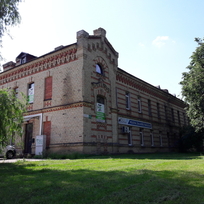
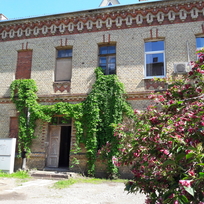
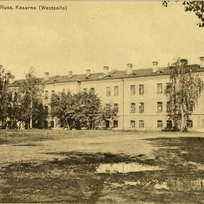
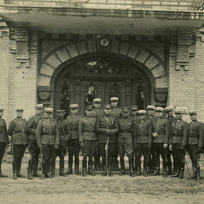
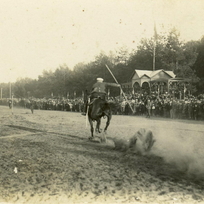
Reviews